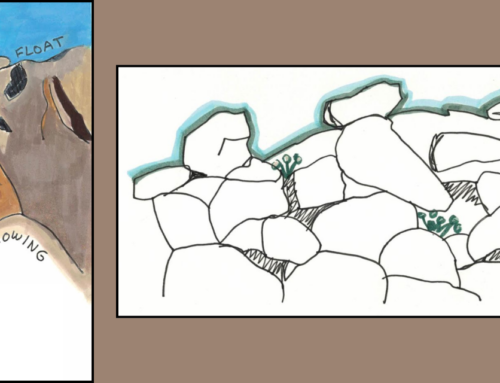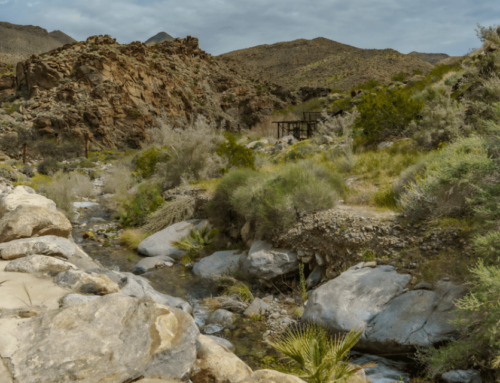
Saving Water in the Desert
By Kathleen J. Radnich,
Consultant for Conservation at the Mojave Water Agency
New California Laws Addressing Future Drought Concerns to Be Enforced January 2024
According to Daniel Berc, NOAA Federal Weather Meteorologist, at this moment in time, Southern California’s drought threat has been put to bed. Add to that there are high expectations we will be entering into an El Niño winter, making it easy for one to sit back and put the worries of water to rest.
Not so fast…
Did you know that California has recently passed new laws to address future drought concerns? It’s true, and it will impact all of us starting January 2024. These new bills labeled, “Water Efficiency Legislation,” will make California more resilient to impacts of future droughts and intend to “make water conservation a California way of life.”
These Bills—SB 606 (Hertzberg) and AB 1668 (Friedman)— reflect the dedicated work of many water suppliers, environmental organizations, and members of the Legislature. SB 606 and AB 1668 emphasize efficiency and stretching existing water supplies in our cities and on farms. They claim that efficient water use is the most cost-effective way to achieve long term conservation goals, as well as provide the water supply reliability needed to adapt to the longer and more intense droughts climate change is causing in California.
Some have misinterpreted the immediate impact of this law. It does not impose individual mandates for homeowners or businesses. The mandates will fall on urban water suppliers – not customers. However, one must consider that many desert areas are comprised of Water Districts, which in essence, are community owned, and therefore directly absorb the brunt of any punitive actions for non-compliance.
What are the specific requirements for urban and agricultural water suppliers? Specifically, the bills call for creation of new urban efficiency standards for indoor use, outdoor use, and water lost to leaks, as well as any appropriate variances for unique local conditions. Using the adopted standards, each urban retail water agency will annually, beginning January 1, 2024, calculate its own objective, based on the water needed in its service area for efficient indoor residential water use, outdoor residential water use, commercial, industrial and institutional irrigation with dedicated meters, and reasonable amounts of system water loss, along with consideration of other unique local uses (i.e., variances) and a “bonus incentive,” or credit, for potable water reuse.

Urban water agencies must meet their water use objective. Those that don’t may be subject to enforcement by the Board. Starting in 2024, the State Water Board may issue corrective guidance to help urban water suppliers achieve mandated goals. Starting in 2026, if still out of compliance, water providers may be given “conservation orders” that may result in punitive fines until the State’s mandated water conservation targets are met. The indoor water use standard will be 55 gallons per person per day (gallons per capita daily, or GPCD) until January 2025; the standard will become stronger over time, decreasing to 42 GPCD in January 2030. In calculating the objective, urban water agencies will aggregate indoor water use across their service area.
The outdoor water use standards will be based on land cover, climate, and other factors determined by the Department of Water Resources and the State Water Resources Control Board. New agricultural use of water compliance standards were also addressed in these bills.
While Southern Californians, and desert dwellers specifically, can breathe easier knowing that the recent drought is behind us, the fact of the matter is, ramped-up water conservation practices are now a state mandate for all to follow, with targeted goals looming. So, keep saving, California! Check-in with your local water provider for tips and hints on countless ways to save every drop!
ABOUT THE MOJAVE WATER AGENCY:
The Mojave Water Agency is the guardian of the High Desert’s water supply, ensuring that there is enough water today and for generations to come. Formed in 1960, the Agency is responsible for managing groundwater resources in the Mojave River Basin and Morongo Basin and providing additional water sources to the region as needed. It is one of 29 State Water Project contractors permitted to deliver water from the California Aqueduct. The MWA is also the entity charged with implementing the adjudication, a court sanctioned groundwater management system designed to gradually bring water used in balance with the available supply.
To learn more, contact your local water providers: Joshua Basin Water District, Bighorn-Desert
View Water Agency, Hi-Desert Water District, Mojave Water Agency, Twentynine Palms Water District












